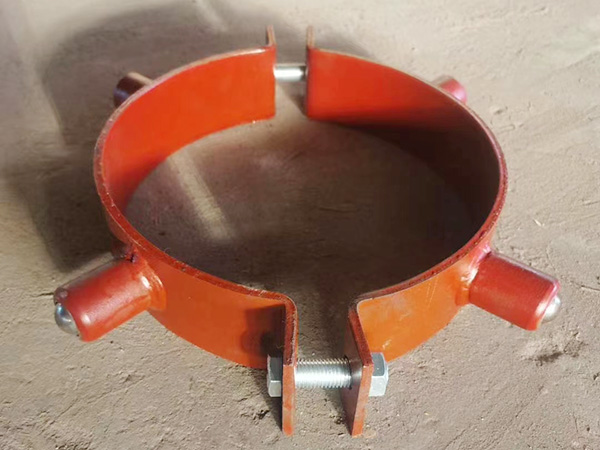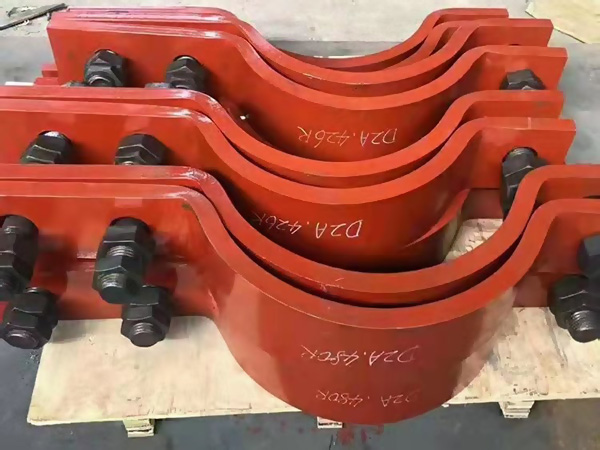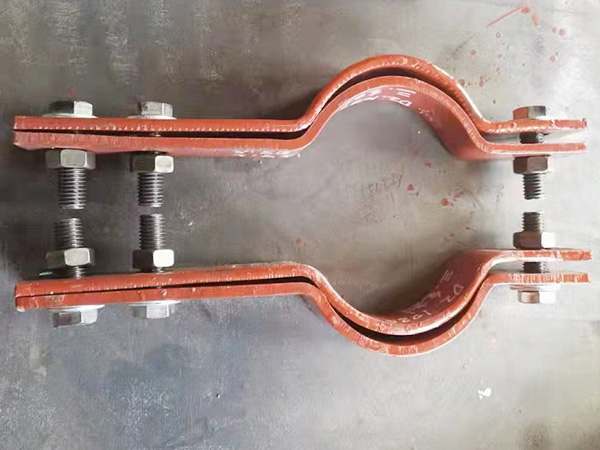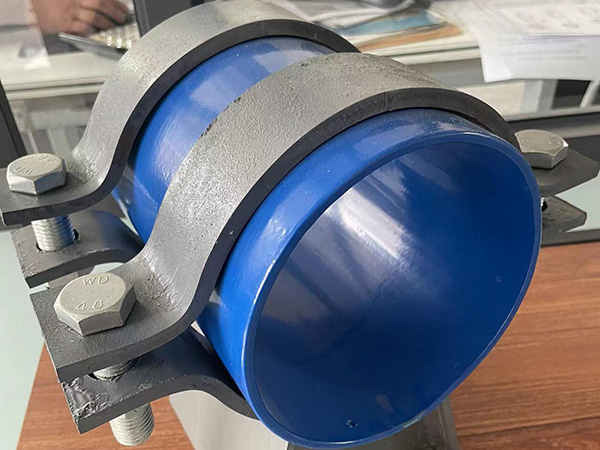Selection of Suitable Tees for High-Pressure Applications
Author:Mingde Time:2025-04-29 00:58:13 Click:186
In high-pressure piping systems—such as those used in oil and gas, petrochemical, power generation, and hydraulic applications—the correct selection of tees is crucial to ensure safety, durability, and system integrity. Tees used in such environments must withstand elevated internal pressures, thermal stress, and possible vibration, while maintaining leak-free performance.
This guide outlines the types of tees suitable for high-pressure environments, the materials typically used, and the key selection criteria engineers should follow.
I. Types of Tees for High-Pressure Applications
Forged Tees
Manufactured from solid forgings using CNC machining or forging dies.
Typically conform to standards like ASME B16.11 for socket weld or threaded types.
Ideal for small-diameter high-pressure systems (up to Class 9000).
Butt-Welded Tees
Seamless or welded tees made to ASME B16.9 standard.
Suitable for large-diameter pipelines and high-pressure transmission lines.
Provide strong, leak-free joints with excellent stress distribution.
Extruded Tees
Formed by hot extrusion of a straight pipe to create the branch outlet.
Provide superior strength, especially for seamless designs.
Common in critical pipelines in refineries and high-pressure steam systems.
Reinforced Tees (with Pads or Collars)
In very high-pressure or fatigue-sensitive conditions, tees may include reinforcement pads to strengthen the branch outlet.
Used in pipelines subjected to pulsating pressure or heavy loads.
II. Material Selection
The material of the tee must match the mechanical and corrosion resistance requirements of the operating environment. Common materials include:
Carbon Steel (e.g., ASTM A234 WPB/WPC): Economical and strong, but needs external protection or lining in corrosive environments.
Alloy Steel (e.g., ASTM A234 WP91): Suitable for high-temperature and high-pressure service.
Stainless Steel (e.g., ASTM A403 304/316): Offers corrosion resistance and moderate pressure resistance.
Duplex & Super Duplex Stainless Steel: Combines high strength with excellent corrosion resistance; used in offshore or subsea high-pressure pipelines.
III. Pressure Class Considerations
The pressure rating of a tee must align with the system's working pressure and design conditions. Refer to pressure class systems such as:
Class 600, 900, 1500, 2500 (per ASME/ANSI standards)
PN ratings (per EN/DIN standards)
Always ensure the selected tee and connected piping components match in pressure class to avoid mismatched stress limits.
IV. Design and Selection Factors
Seamless vs. Welded
For ultra-high-pressure applications or systems requiring absolute integrity, seamless tees are preferred.
Welded tees may be used in less critical high-pressure environments, but weld quality must be verified with NDT (Non-Destructive Testing).
Branch Reinforcement
For tees with significantly smaller or larger branch diameters (reducing tees), additional reinforcement may be required.
Use reinforcement pads or integrally reinforced designs as per ASME B31.3 or API piping codes.
Corrosion Allowance
For systems prone to corrosion or erosion, allow for extra wall thickness or select corrosion-resistant materials.
Use of lined or coated tees may be necessary in aggressive environments.
Testing Requirements
Tees used in high-pressure systems must pass hydrostatic testing, and in critical systems, radiographic or ultrasonic testing for weld and material integrity.
V. Installation and Maintenance Tips
Ensure precision alignment during installation to avoid additional stress at tee joints.
Use appropriate welding procedures, including preheat and post-weld heat treatment (PWHT) when required.
Plan for regular inspection and monitoring, especially in dynamic or vibration-prone systems.
Conclusion
Selecting the appropriate tee for high-pressure applications involves more than just choosing the correct size—it requires careful consideration of material, manufacturing method, reinforcement needs, and applicable pressure standards. By following best practices and complying with industry standards, engineers can ensure reliable performance, reduce failure risks, and extend the service life of critical piping systems.
 Hot Products
Hot Products
 Contact Us
Contact Us
Contact:
Mobile:+86 +86 19133378808
Website:mingdepipe.com
Address:










